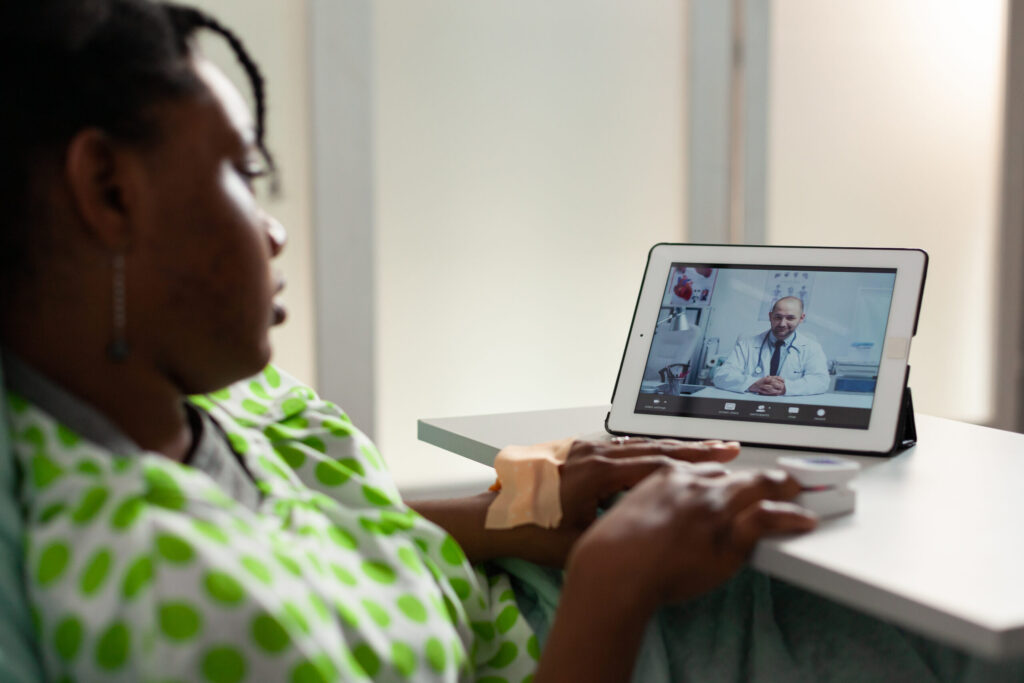
What You Should Know:
– Telehealth, hailed as a potential game-changer in healthcare accessibility, has experienced mixed success in meeting patient expectations, according to the latest J.D. Power 2024 U.S. Telehealth Satisfaction Study.
– While telehealth usage has skyrocketed, particularly during the pandemic, the study reveals significant variations in patient satisfaction between different telehealth providers and concerns regarding the effectiveness of telehealth for various types of care.
Study Background/Methodology
The J.D. Power 2024 U.S. Telehealth Satisfaction Study underscores the complex reality of telehealth adoption. While offering convenience and accessibility, challenges remain in ensuring consistent quality and addressing specific care needs. The study, now in its fifth year, measures customer satisfaction based on seven key factors: trust, visit with provider meeting needs, people, digital channels, ease of receiving care, scheduling, and time/money savings. The data is based on responses from 4,070 healthcare customers who utilized telehealth services in the past year, collected between September 2023 and July 2024.
Key findings from the study include:
– Satisfaction Disparities: Overall patient satisfaction with direct-to-consumer telehealth providers is 730 (on a 1,000-point scale), a slight decline from 2023. In contrast, satisfaction with payer-provided telehealth offerings increased to 708. This wide gap indicates substantial variability in perceived quality of care and ease of access.
– Convenience and Barriers: Patients primarily choose telehealth for convenience (65%), quick access to care (46%), and coverage for their condition (30%). However, challenges remain, with 65% of patients encountering at least one barrier during their telehealth visit. The most common barriers include internet/cellular connectivity issues (25%), limited services offered (25%), and data security concerns (15%).
– Experience Gaps: Significant gaps in customer experience exist for medication reviews and chronic care follow-up. Patients with positive experiences are more likely to use telehealth again for these services, while negative experiences drastically reduce the likelihood of repeat use.
– Socioeconomic and Demographic Disparities: Satisfaction levels vary across different groups, with higher satisfaction among Medicaid recipients, urban residents, and younger generations. In contrast, Medicare and private insurance beneficiaries, suburban residents, and older generations report lower satisfaction.
– Direct-to-Consumer: MyTelemedicine leads in telehealth satisfaction with a score of 747, followed by Doctor On Demand and Teladoc Health, both at 743.
– Payer-Provided: Humana tops the list with a score of 747, followed by Florida Blue (734) and Blue Cross and Blue Shield of Texas (733).
“The telehealth marketplace has grown rapidly and although its usage has been normalized in recent years, we’re still in a growth phase where individuals can have vastly different experiences based on the providers they use, their medical conditions and even things like the quality of internet and phone connections where they live,” said Christopher Lis, managing director of global healthcare intelligence at J.D. Power. “Most consumers agree that telehealth is tough to beat when it comes to convenience and accessing care quickly, but it is not the ideal channel for all healthcare encounters. The wide variation in patient experience is something telehealth providers, insurers and public health officials will want to monitor closely.”

